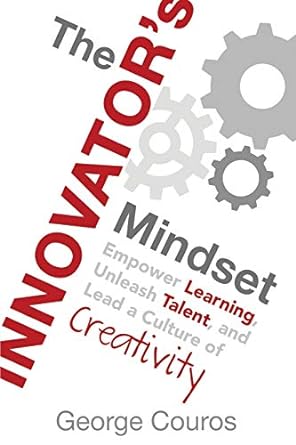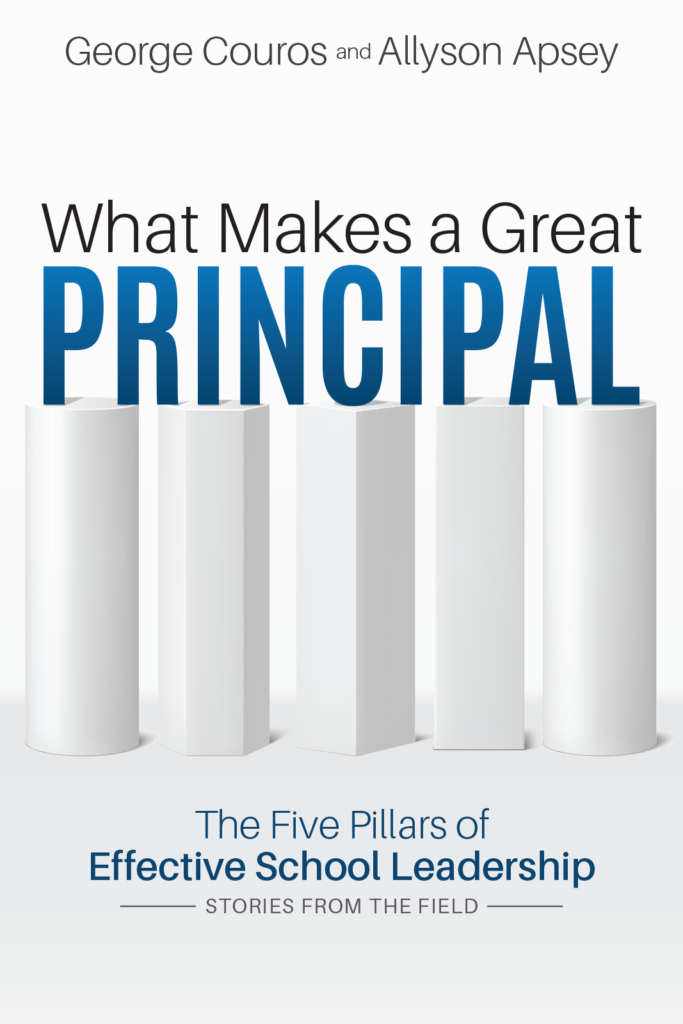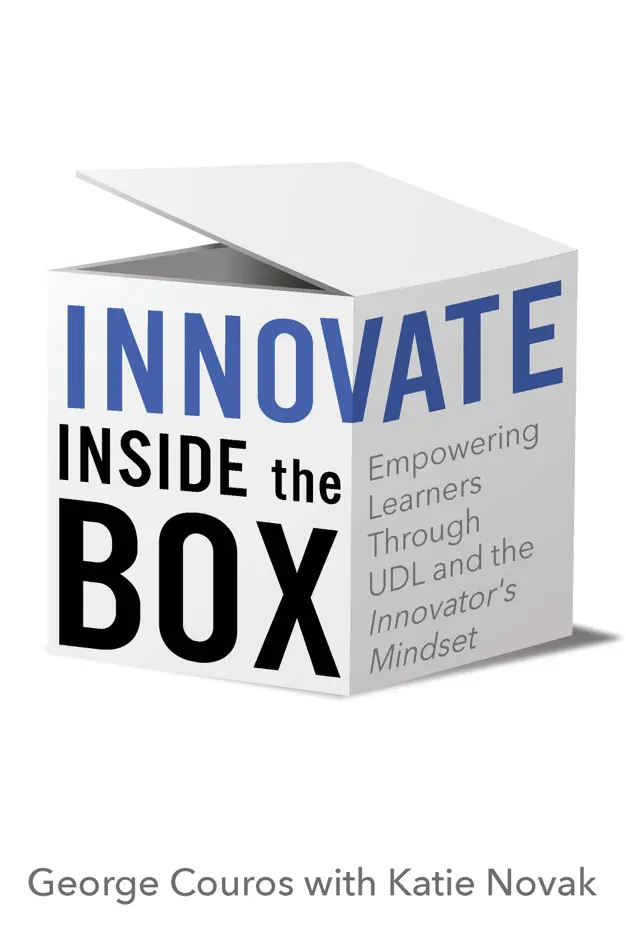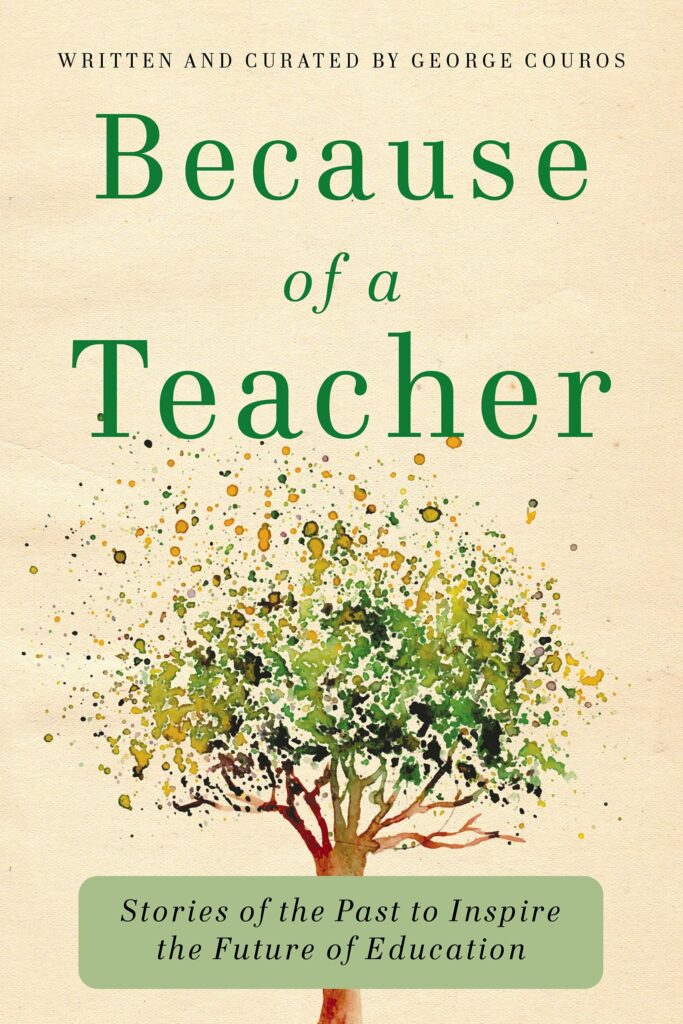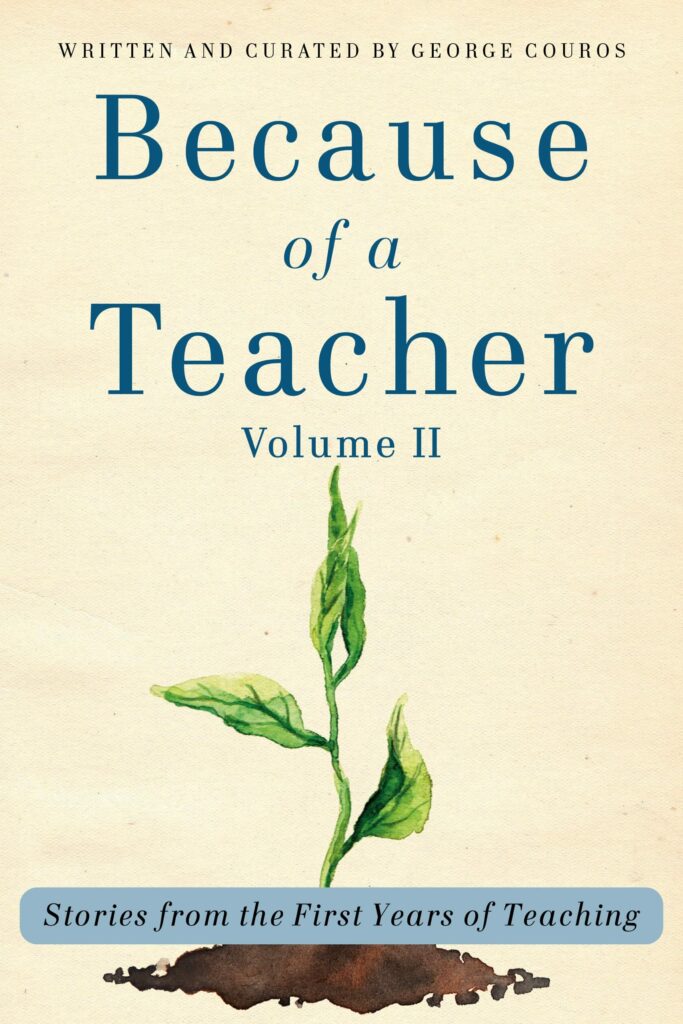Inspiring Innovation in Teaching, Learning and Leading
George Couros designs dynamic programs to infuse innovation into teaching and leadership, equipping educators with strategies for immediate impact and sustained evolution.
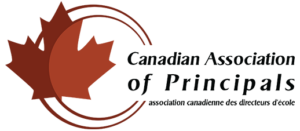



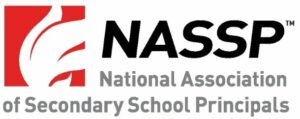

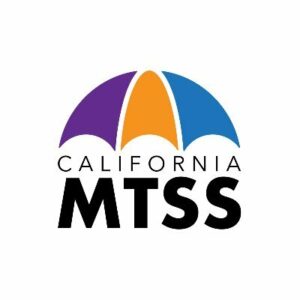

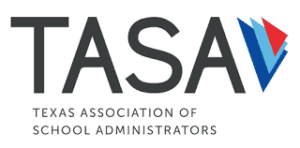
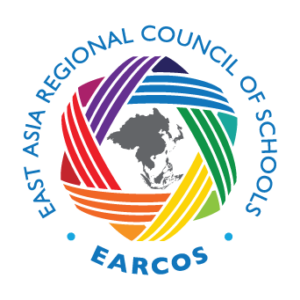
GEORGE COUROS
International Keynote Speaker for Innovation in Education
As a passionate advocate for progressive education, I travel the globe sharing insights and strategies on cultivating innovation within our schools. My sessions delve into transformative educational practices that inspire educators and leaders alike to create vibrant, empowering learning environments.
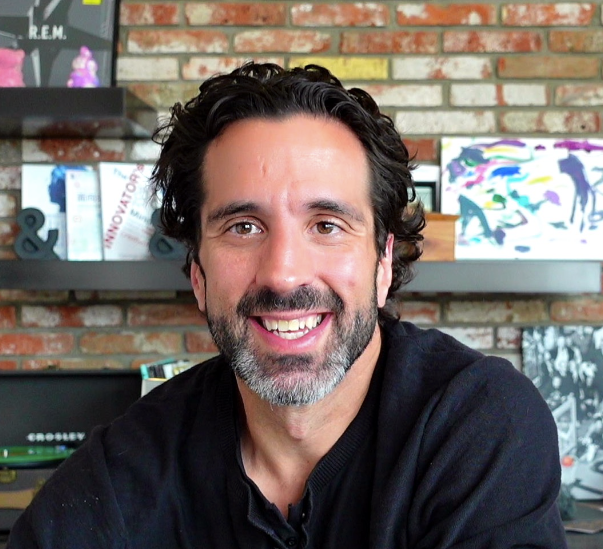
Speaking
Connect with me to learn more about my work as a speaker and consultant.
Books
Read The Innovator’s Mindset or Innovate Inside the Box and more here!
Podcast
Listen to the podcast, and get inspiration in every episode.
Blog
Read all my posts on innovation, leadership, and learning.

Meet George Couros
Change is an opportunity to do something amazing!
George Couros is a worldwide leader in the area of innovative teaching, learning, and leading, and has a focus on innovation as a human endeavor. Most importantly, he is a proud father and husband.
His belief that meaningful change happens when you first connect to people’s hearts, is modeled in his writing and speaking. In his 20-plus years in the field of education, he has worked at all levels of school, from K-12 as a teacher, technology facilitator, and school and district administrator, and is currently an Adjunct Instructor with the Graduate School of Education at the
University of Pennsylvania.
George is also the author of the books, The Innovator’s Mindset; Empower Learning, Unleash Talent, and Lead a Culture of Creativity, Innovate Inside the Box , and his latest release, “Because of a Teacher” and “Because of a Teacher 2.”
Changing the Trajectories of Those We Serve
Join over 40,000 Educators who already get the Newsletter
Speaking and Consulting
I have been so blessed to speak to groups all over the world, and share stories of learning and leading that are meant to help people feel appreciated and inspired to action!
As the great Jim Valvano shared, my goal is to make people “laugh, cry, and think” in every presentation.
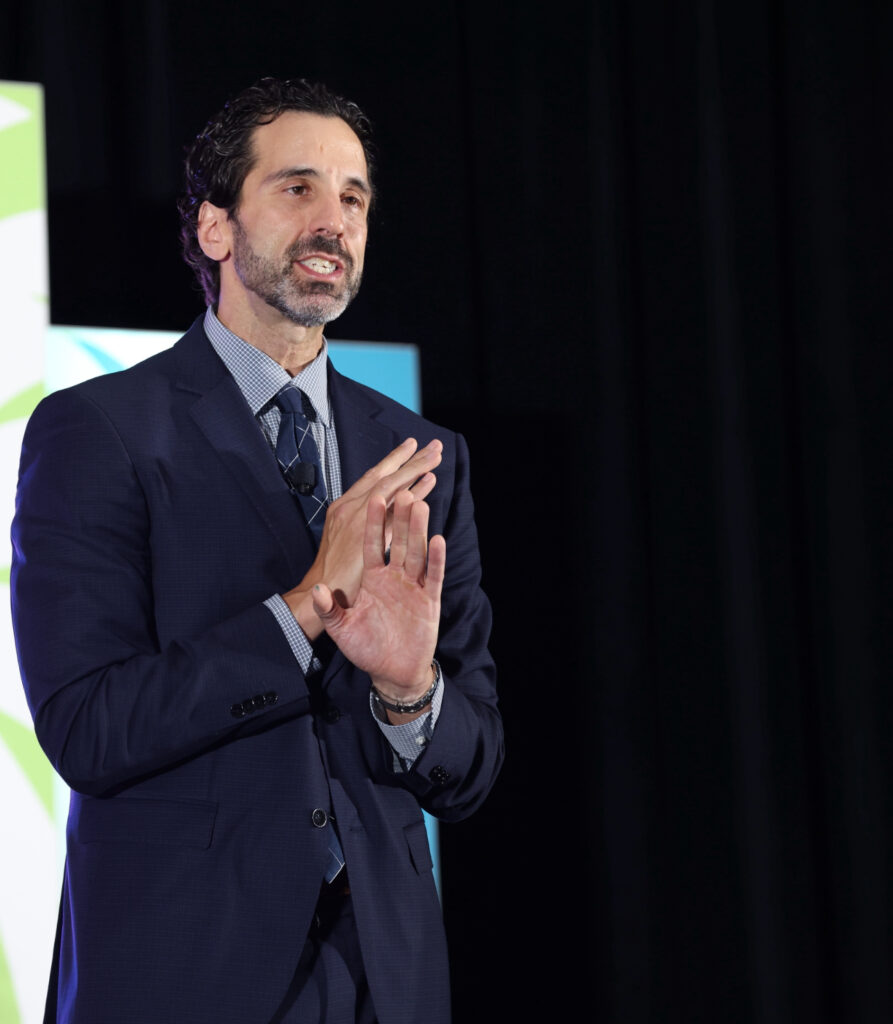
Books
I have been so blessed to speak to groups all over the world, and share stories of learning and leading ta are meant to help people feel appreciated and inspired to action!
As the great Jim Valvano shared, my goal is to make people “laugh, cry, and think” in every presentation.

Courses
As many organizations are looking for different options for providing professional learning opportunities for themselves and their staff, I have a selection of my workshops and keynotes available online. All of these can be done as fast or as slow as you like, while also providing teaching credits through certified institutions.
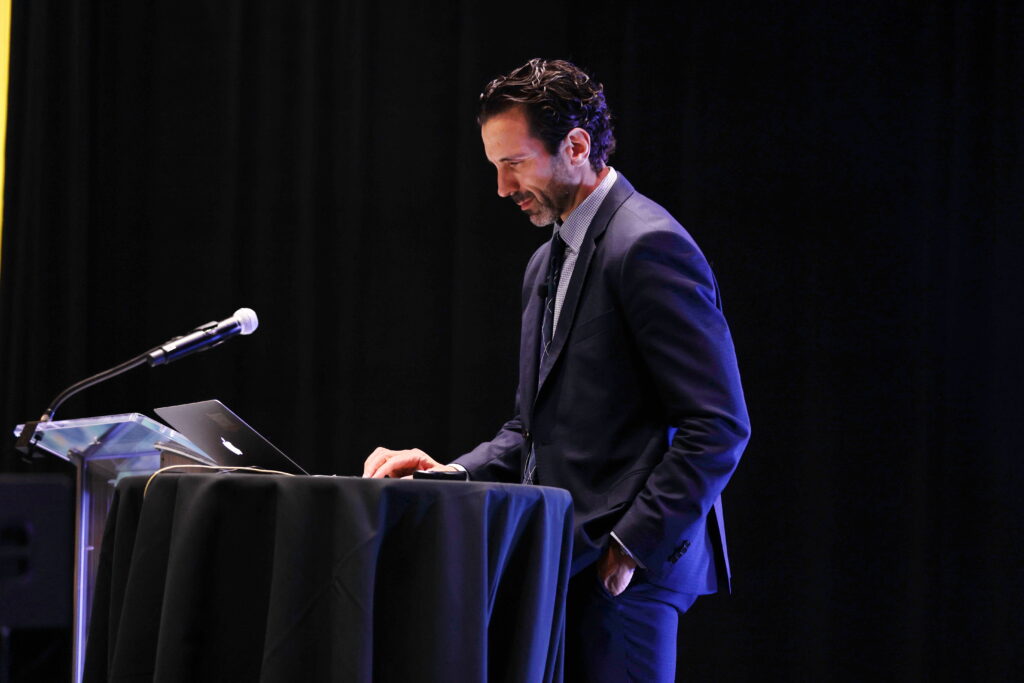
Podcast
Since 2020, I have been blessed to not only share my own thoughts on education through an audio experience, but also interview some fascinating people who are passionate about teaching, learning, and leadership!
Blog
What started as a project to implement digital portfolios in my school as a principal, has become one of the best learning experiences in which I have partaken. I have been blogging since 2010, and I hope it has pushed the learning of others as much as it has pushed my own!
About
I am an Innovative Teaching, Learning, and Leadership Consultant, speaker and author. Most importantly, I am a dad and the drive I have for my own kids, is something I consider in helping all learners!
Changing the Trajectories of Those We Serve
Join over 40,000 Educators who already get the Newsletter
Books
Check out George’s best-selling books about innovation, leadership, and learning.
The Latest From The Blog
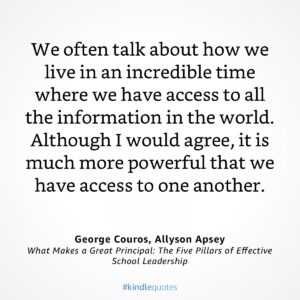
Don’t Forget the Relationship With Yourself and With Those Outside the Workplace
It was amazing to see the reception for “What Makes a Great Principal: The Five
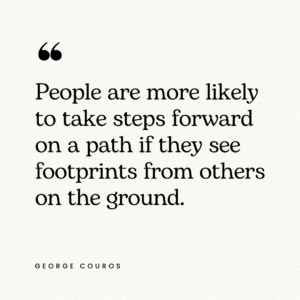
Are we willing to learn in front of those we serve?
Many years ago (many, many), I was a finalist for a “Director General” position (Superintendent
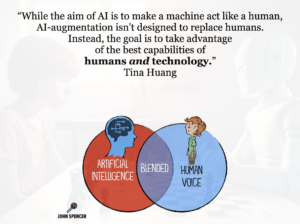
The Difficulty of Getting into the Habit of Using AI
If you are anywhere near my age, there was a time when Google wasn’t a
